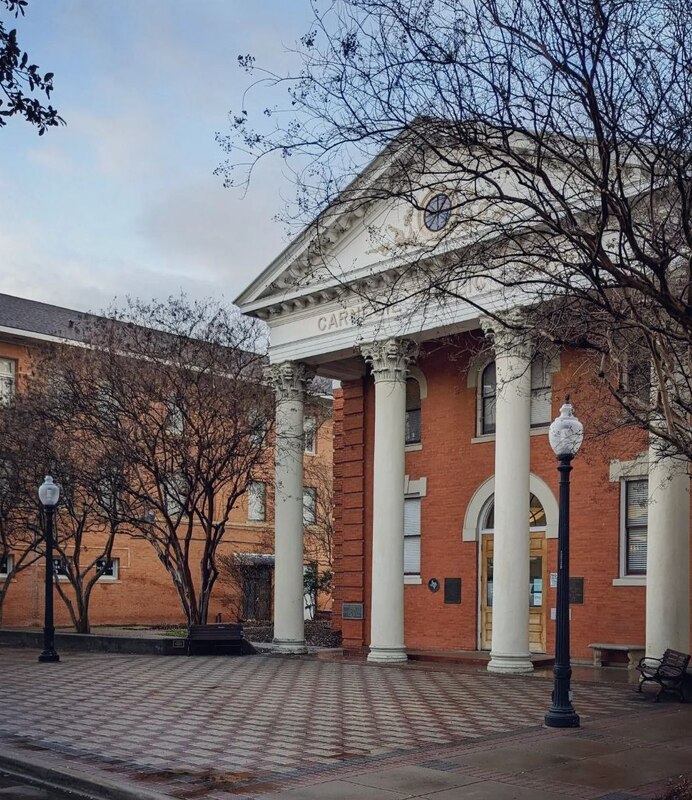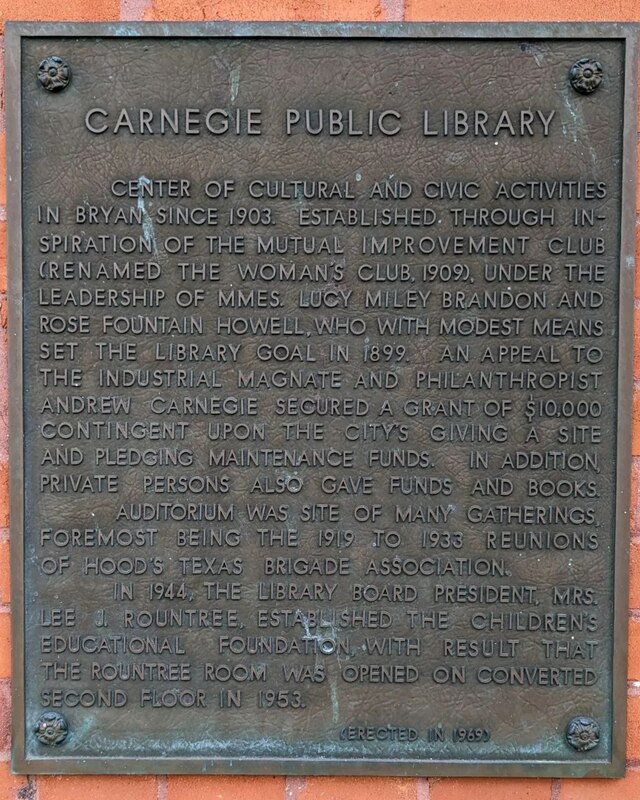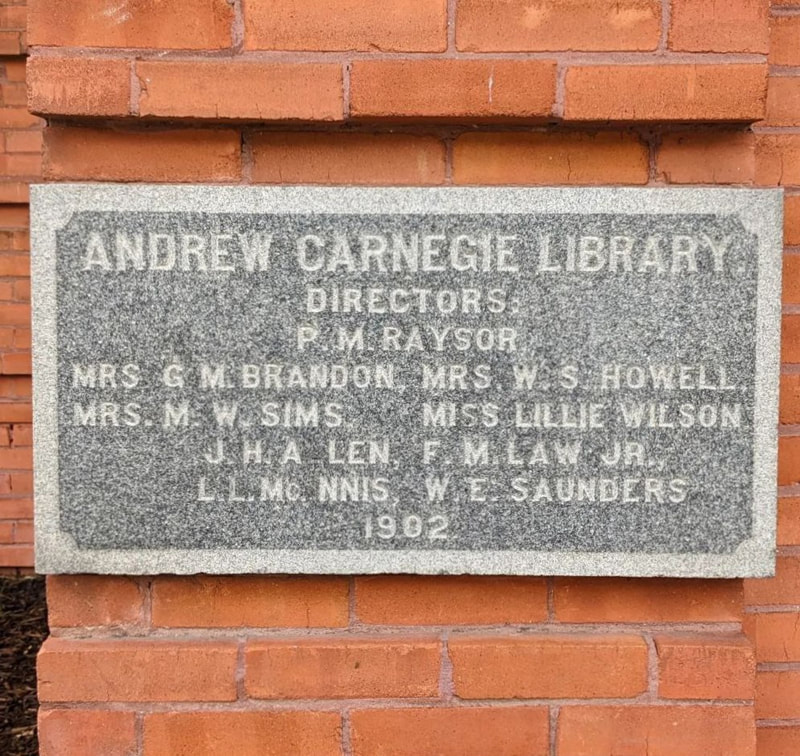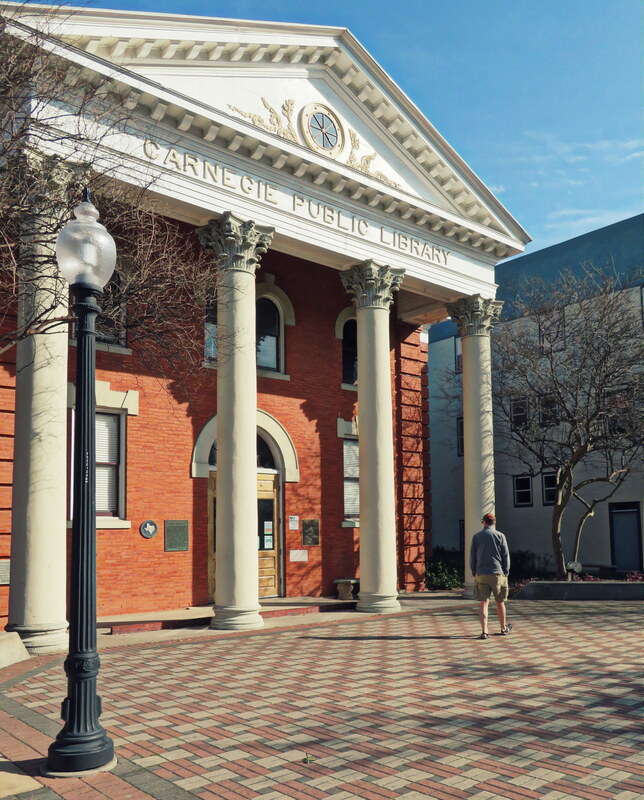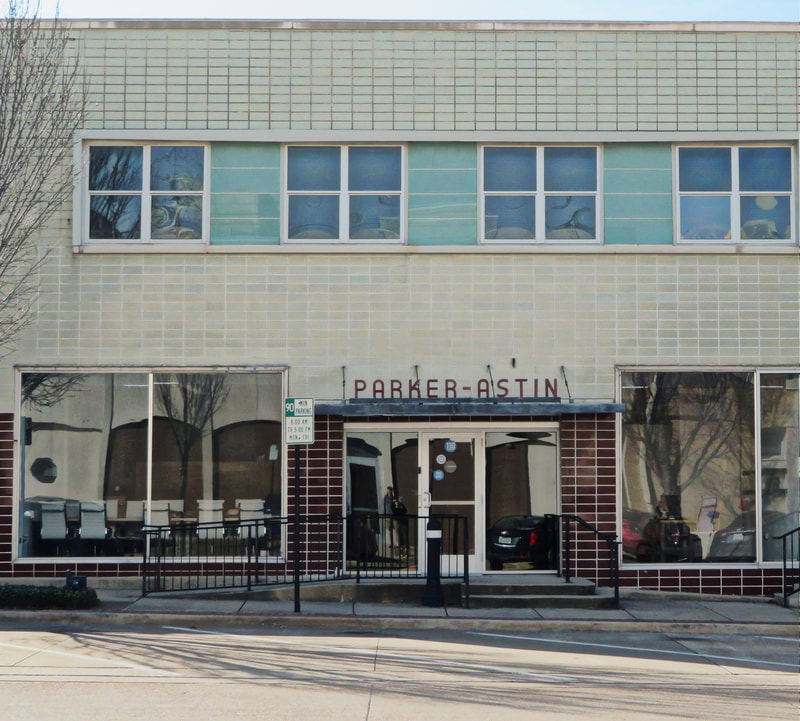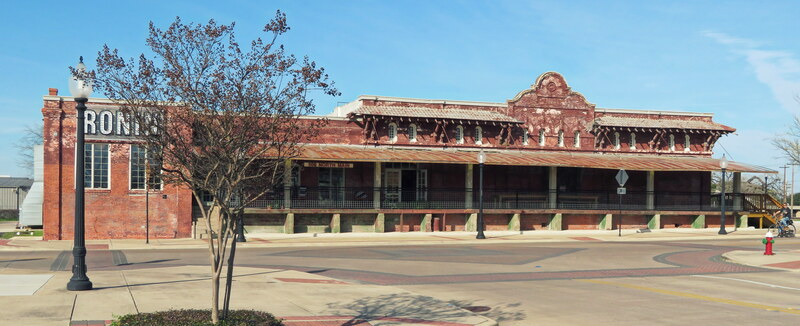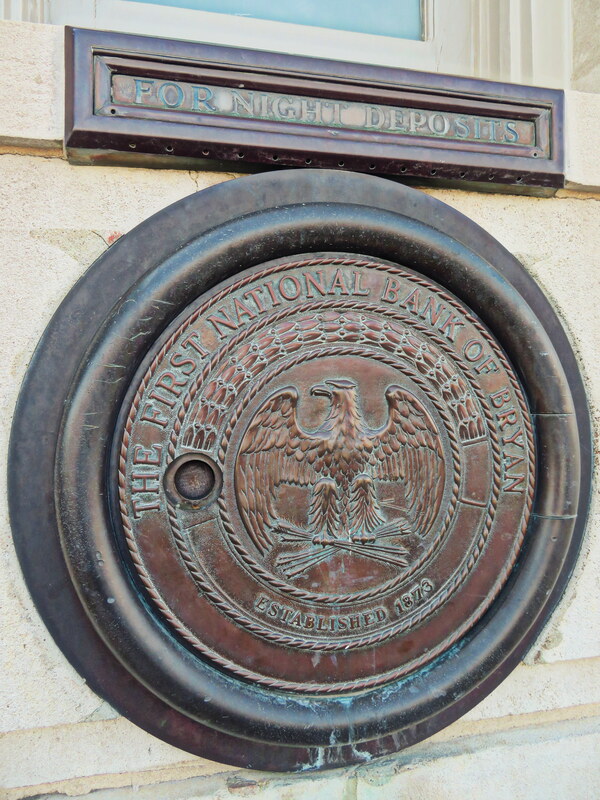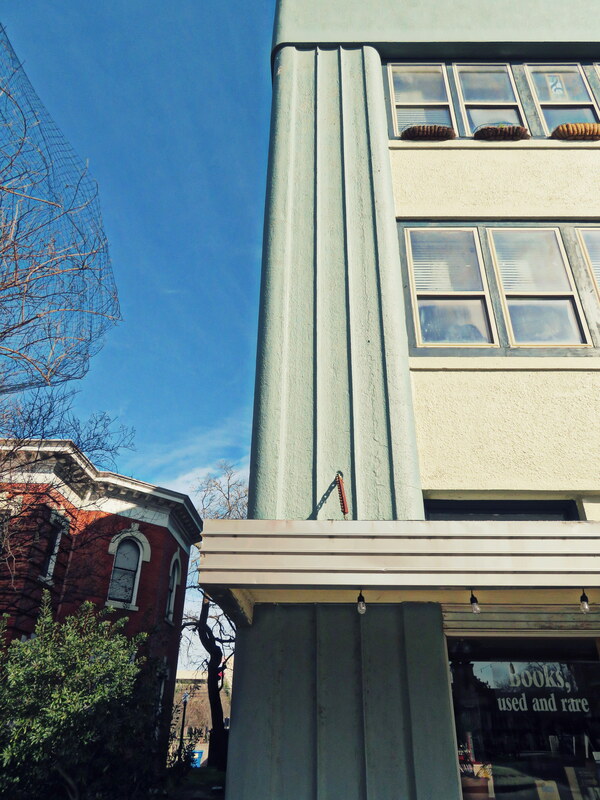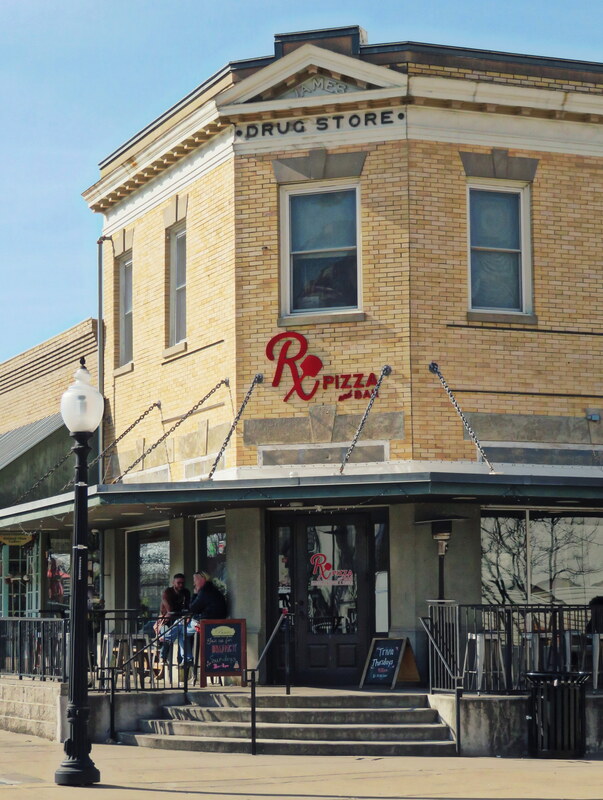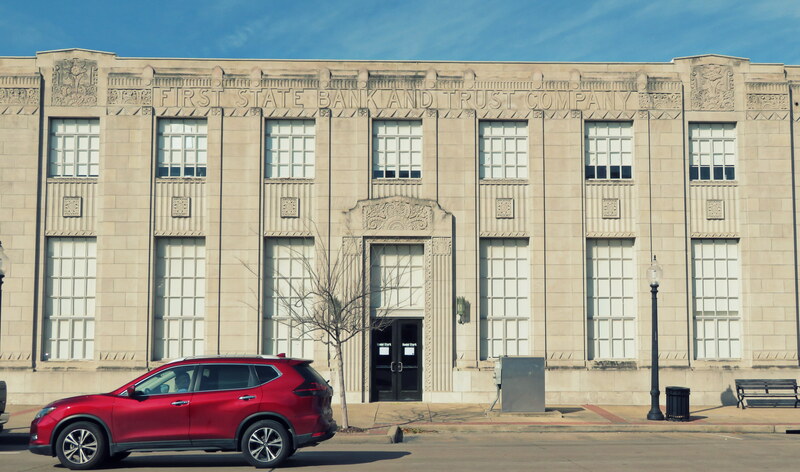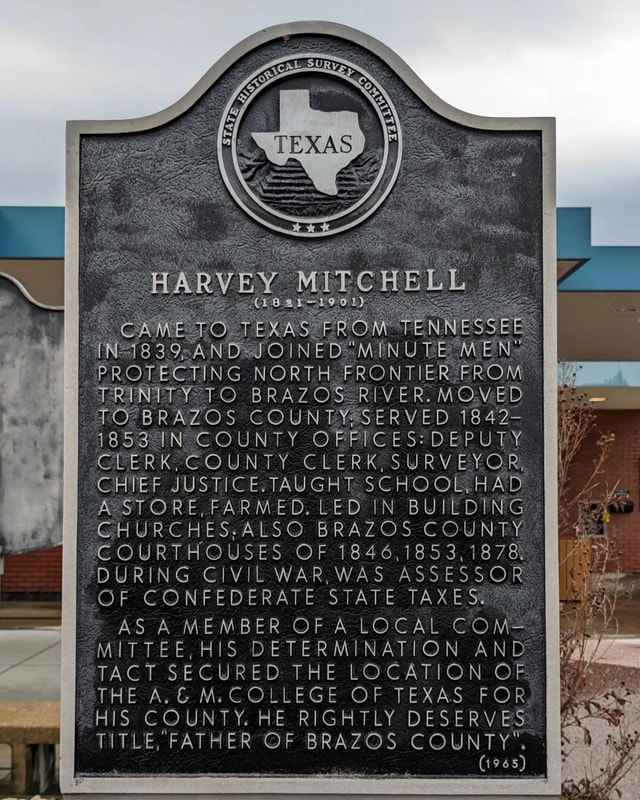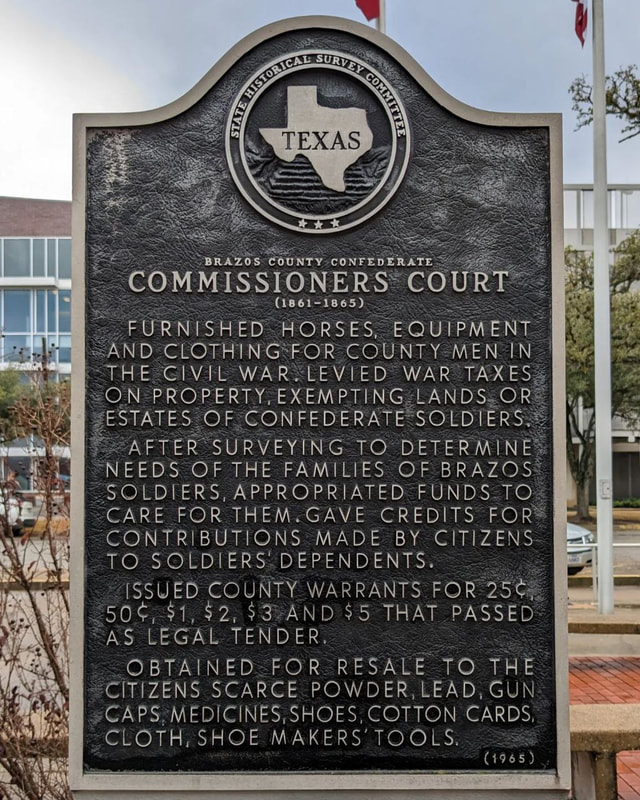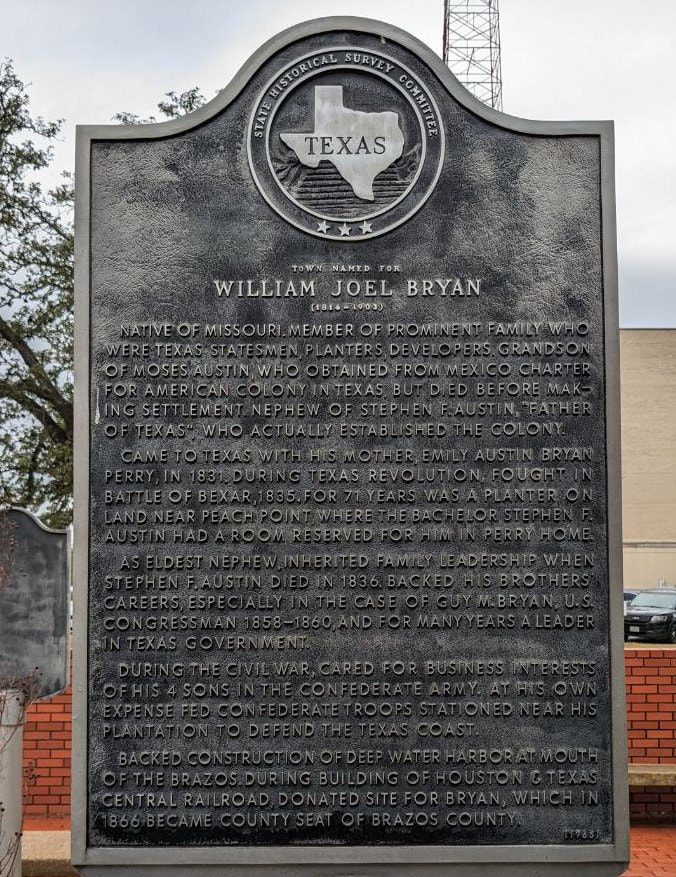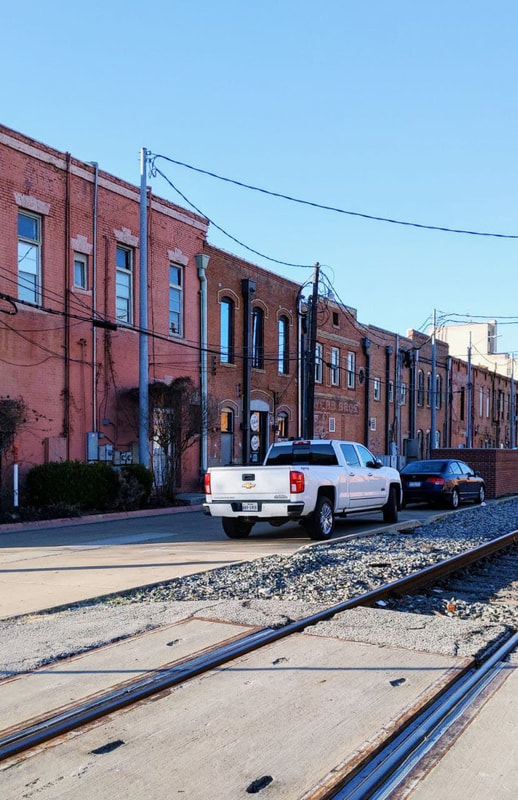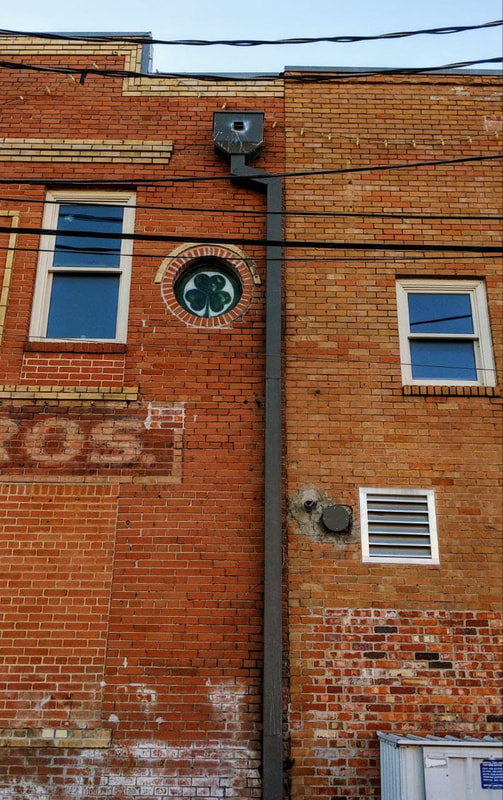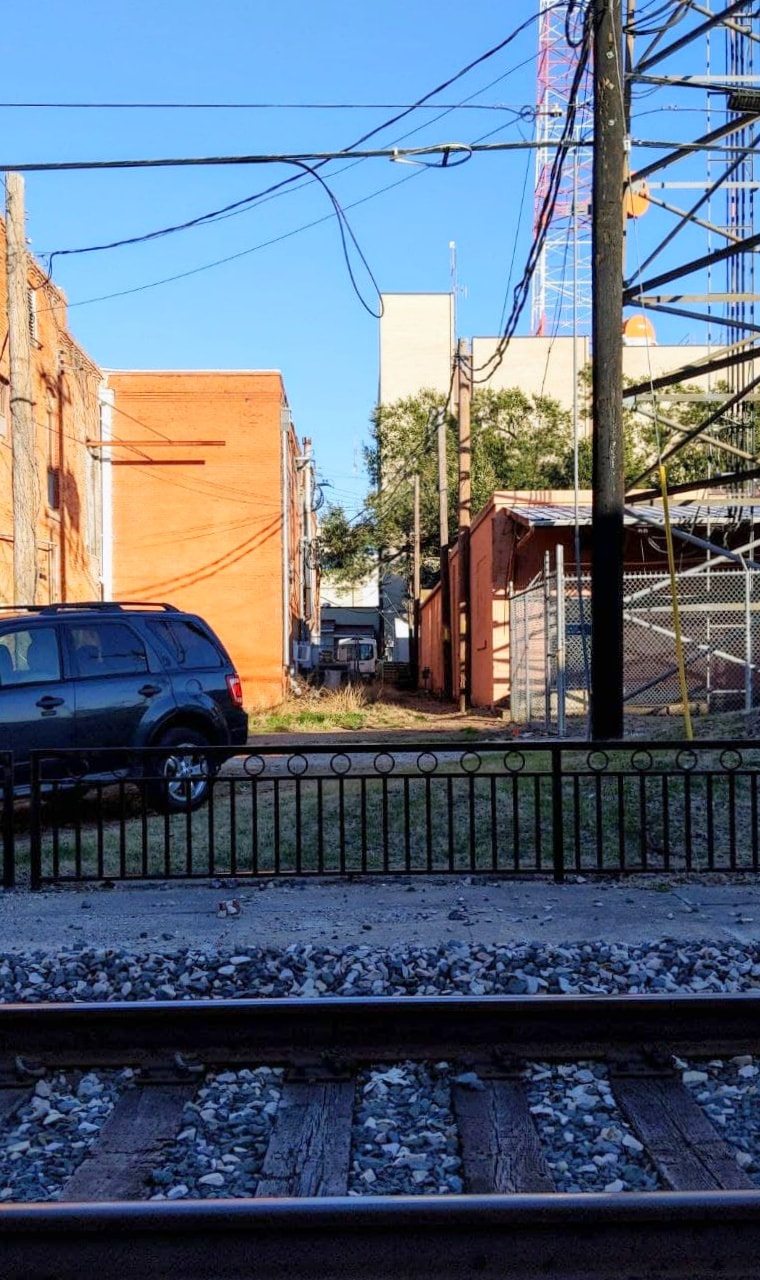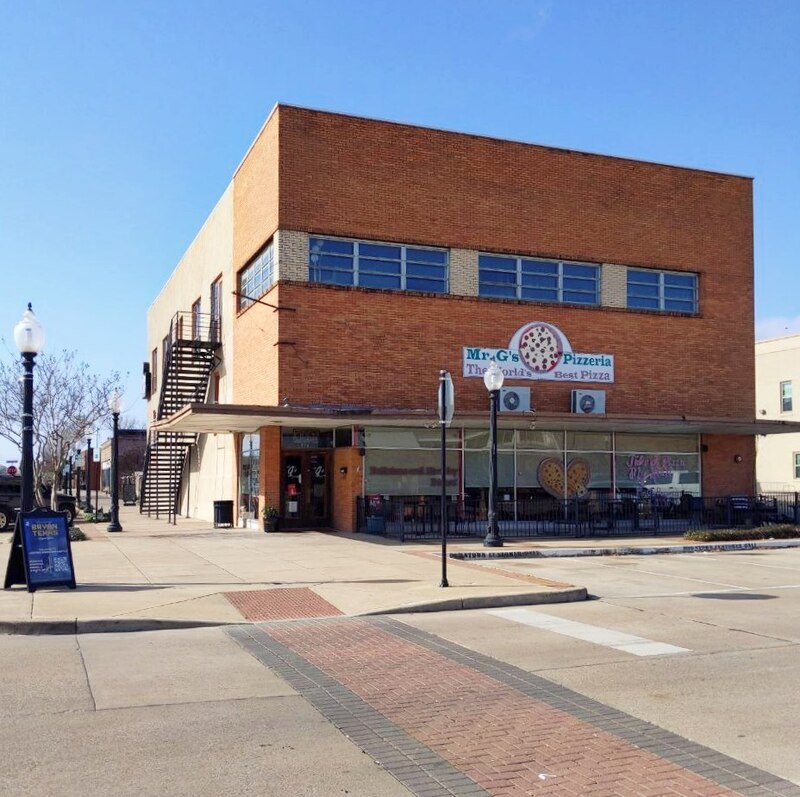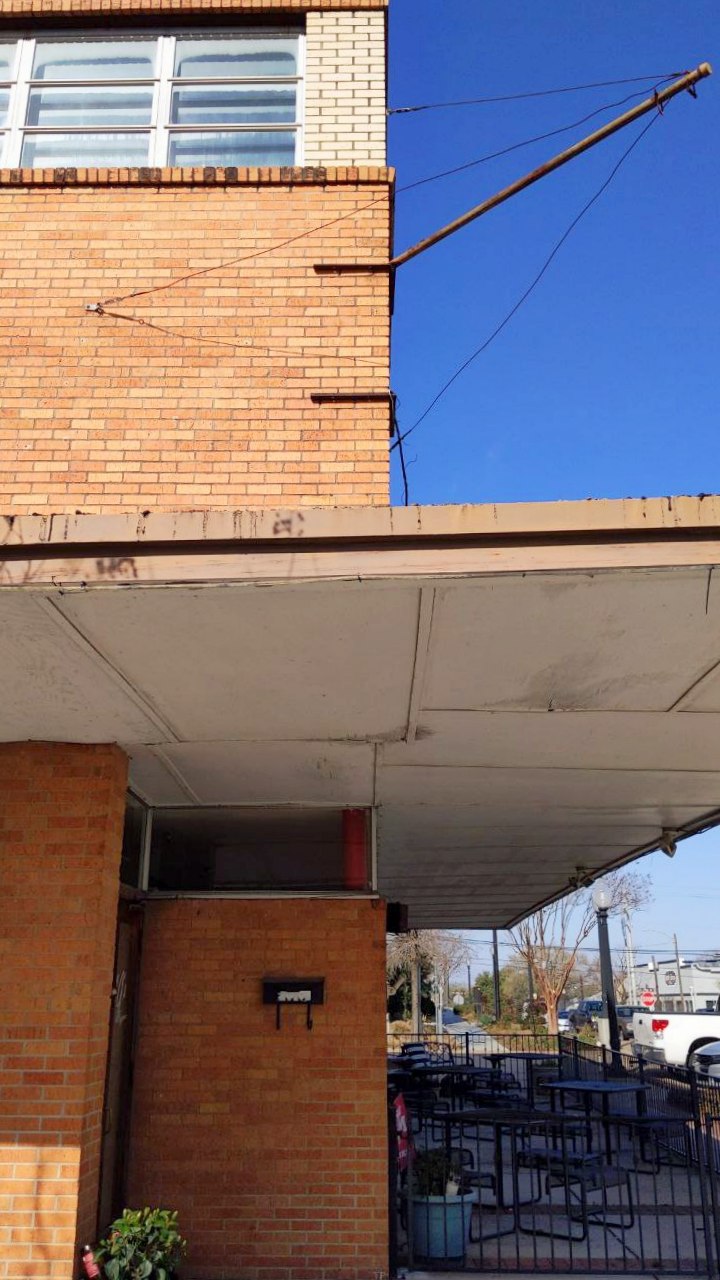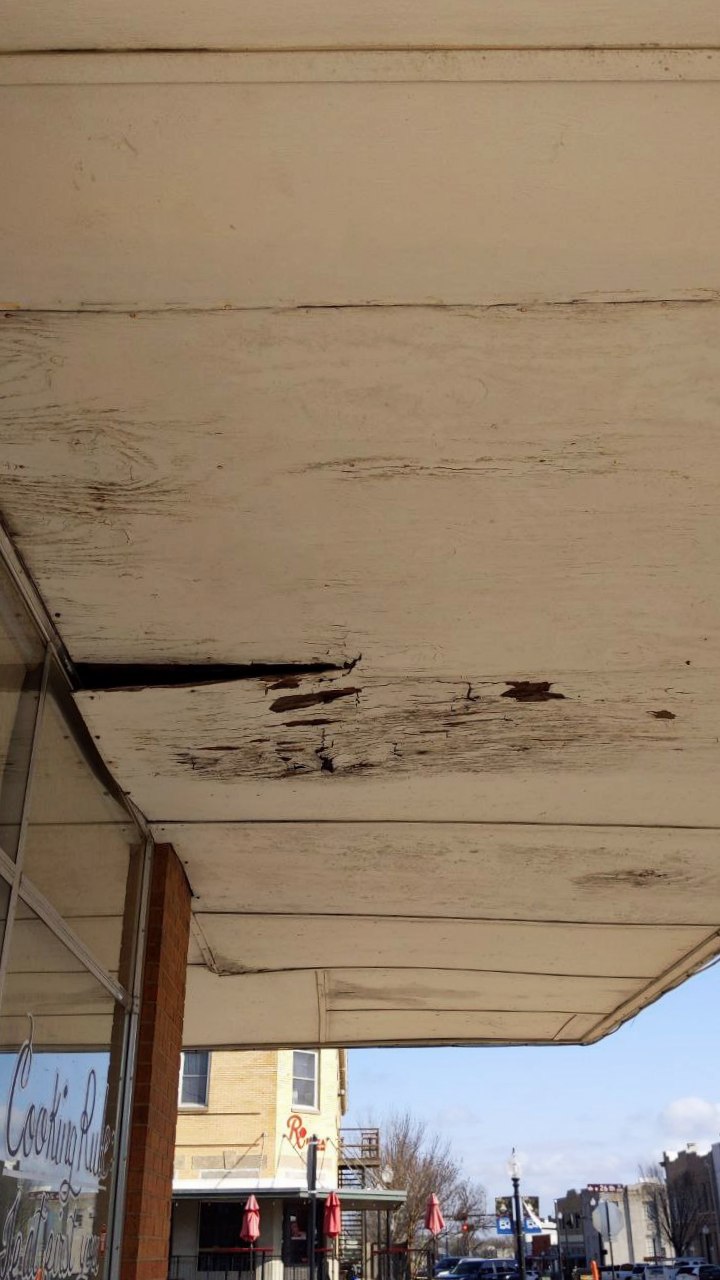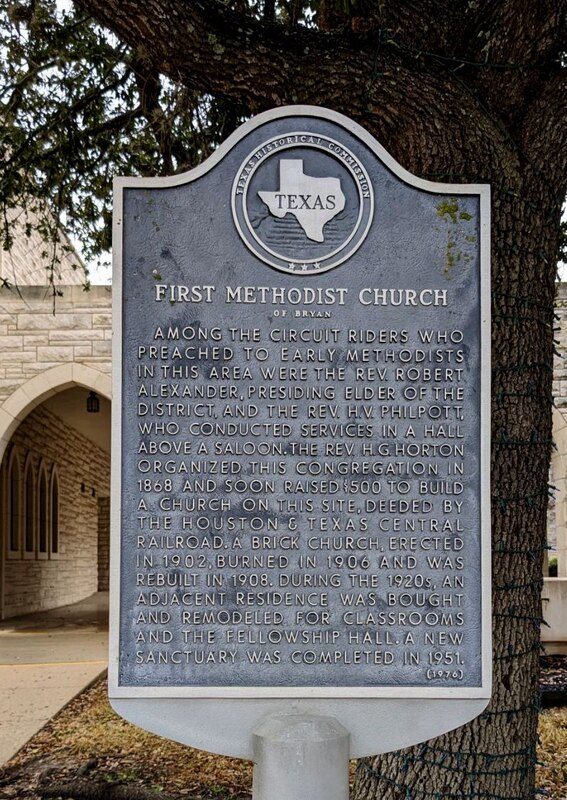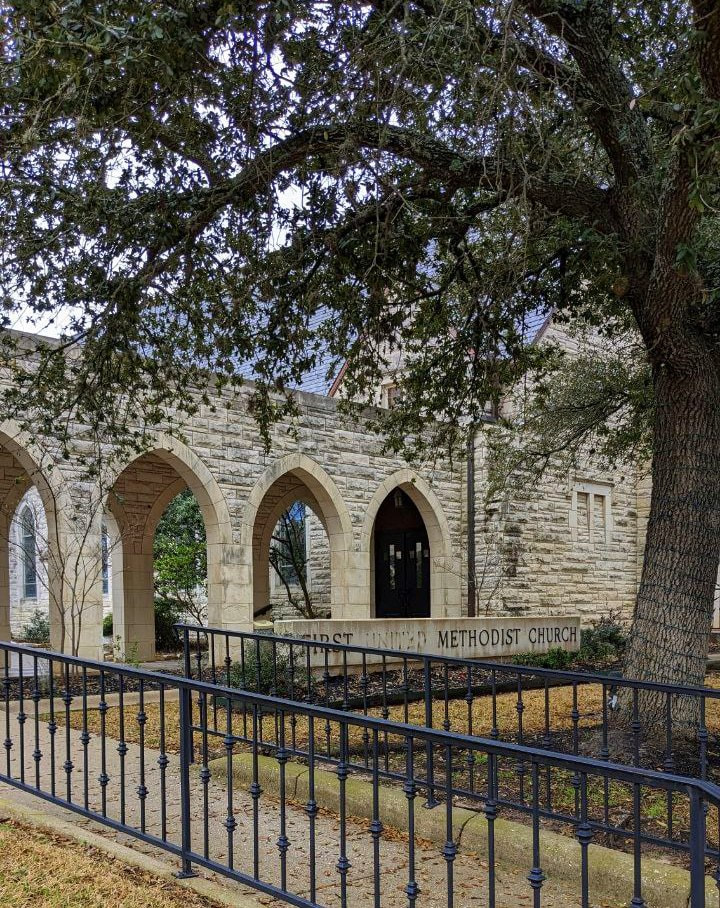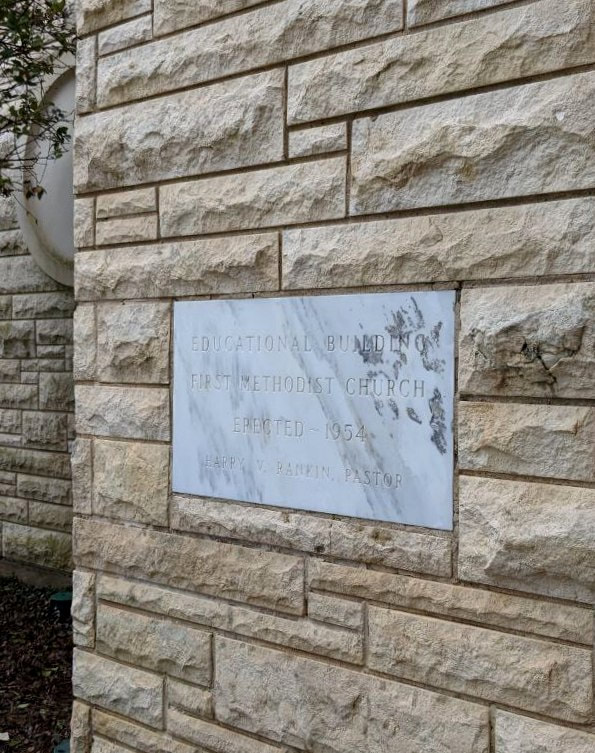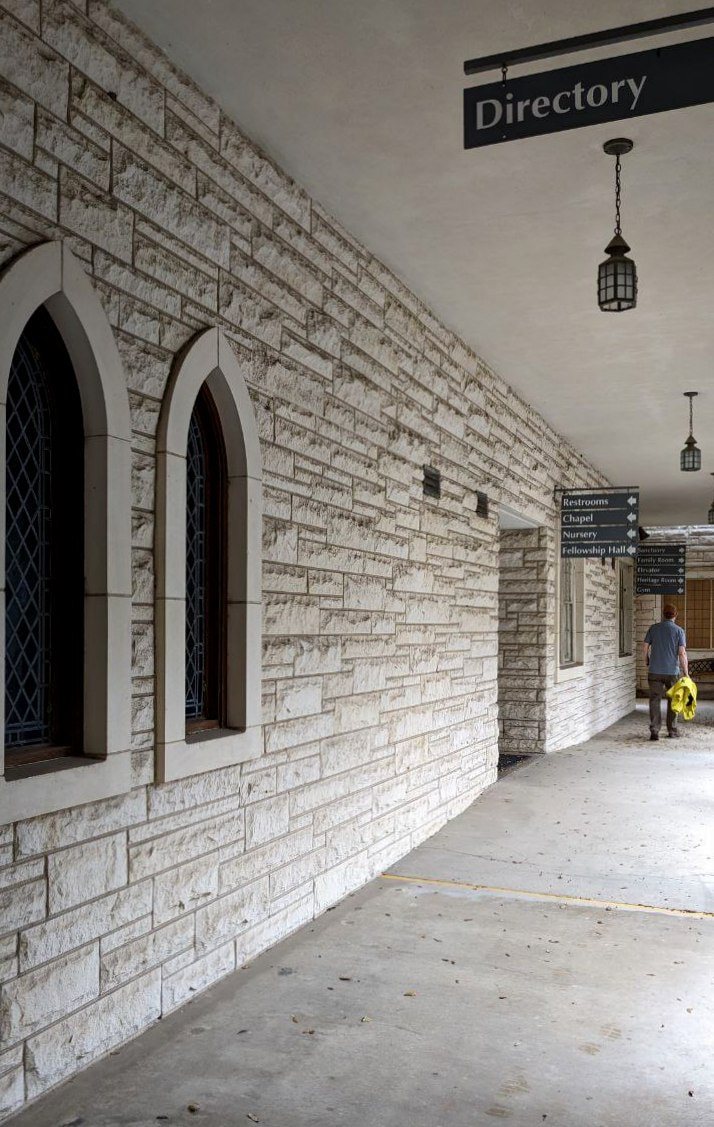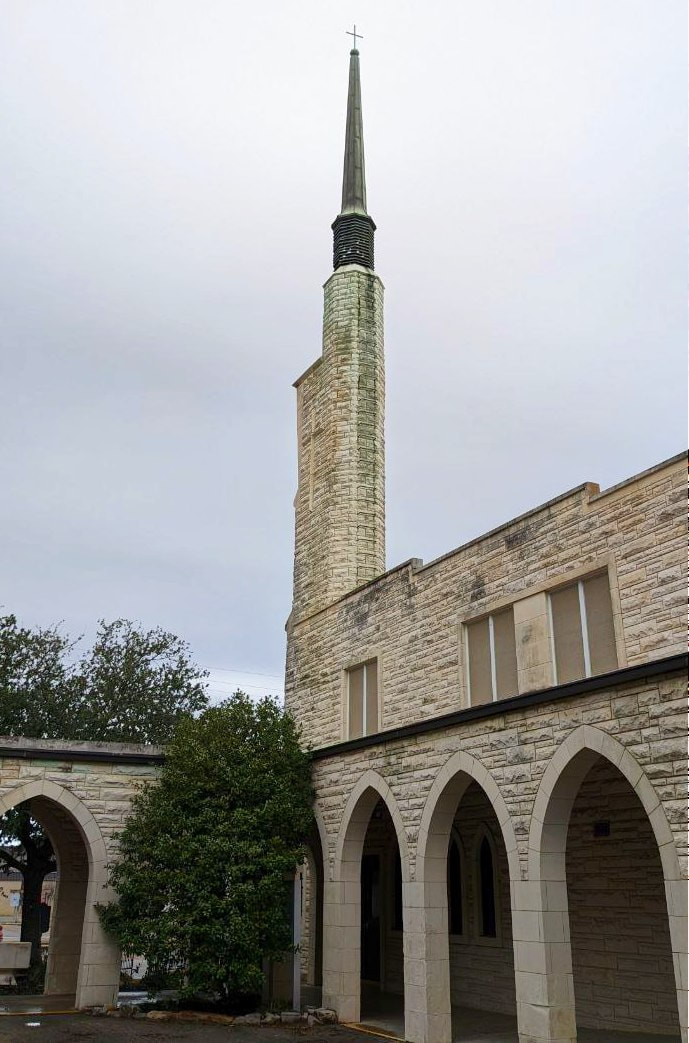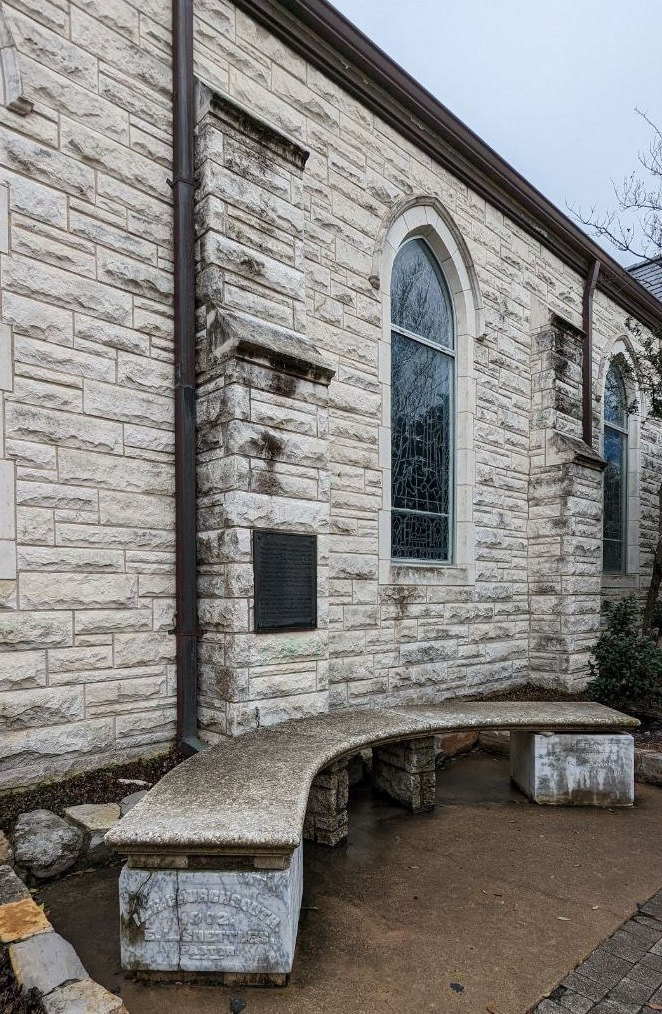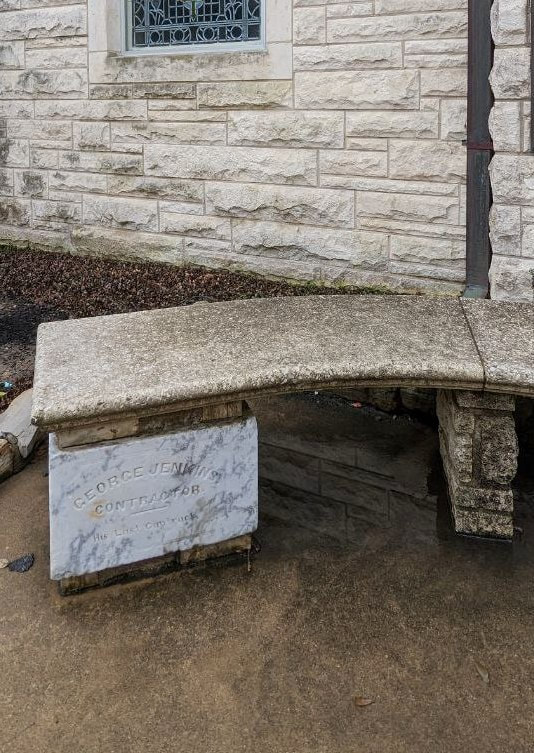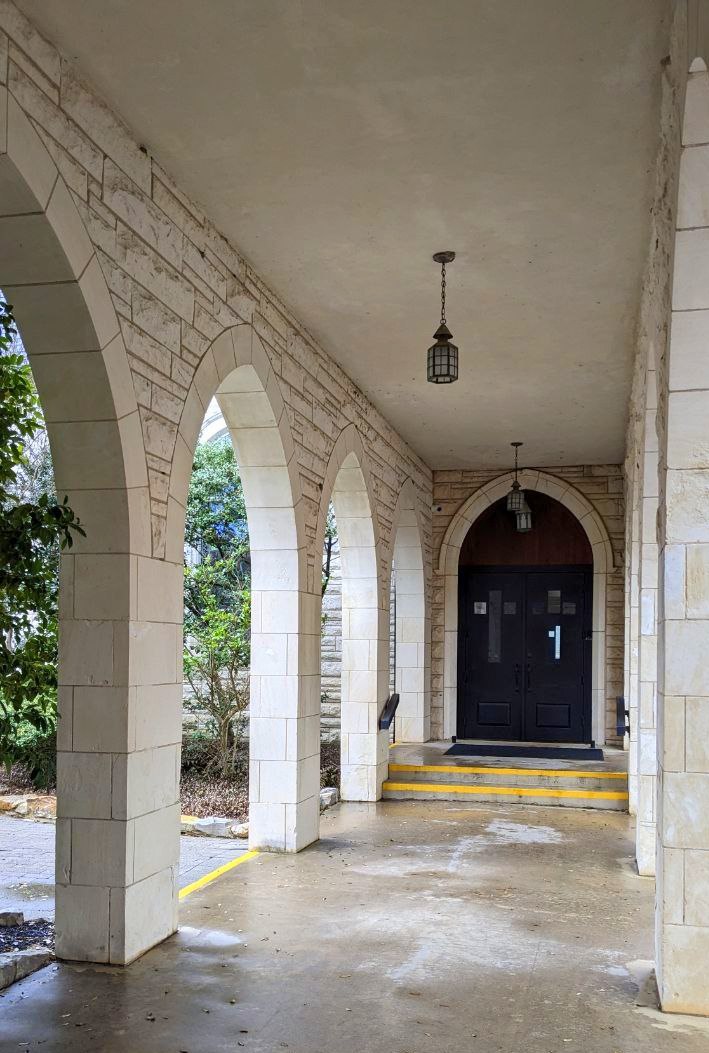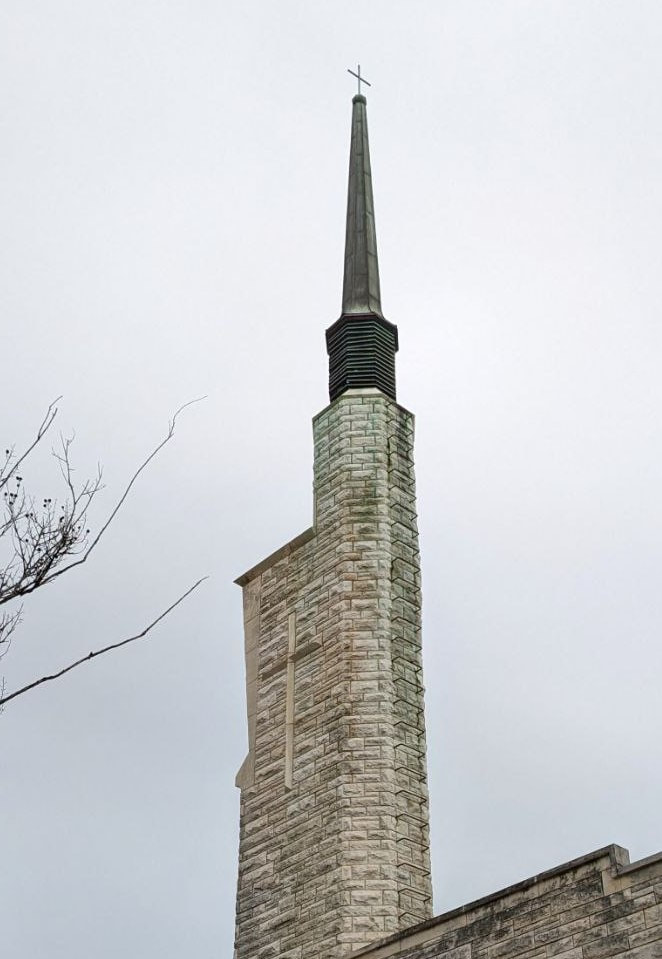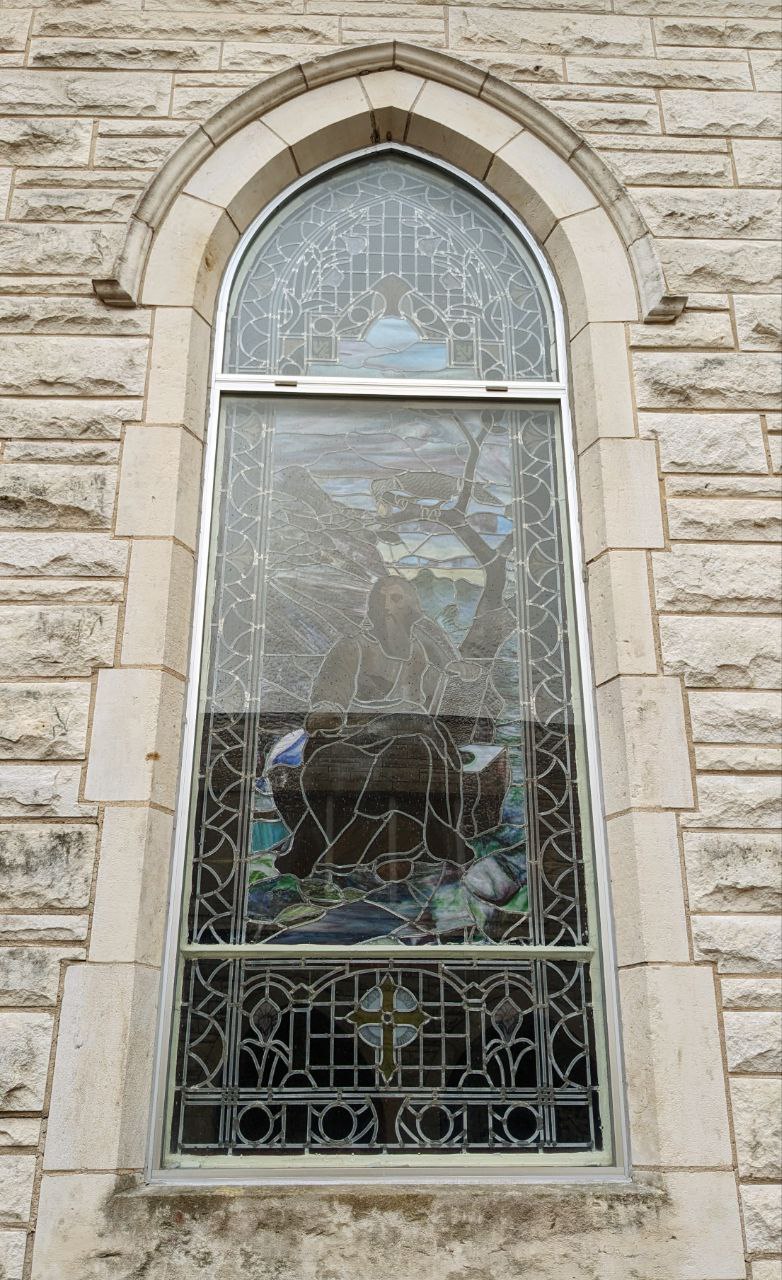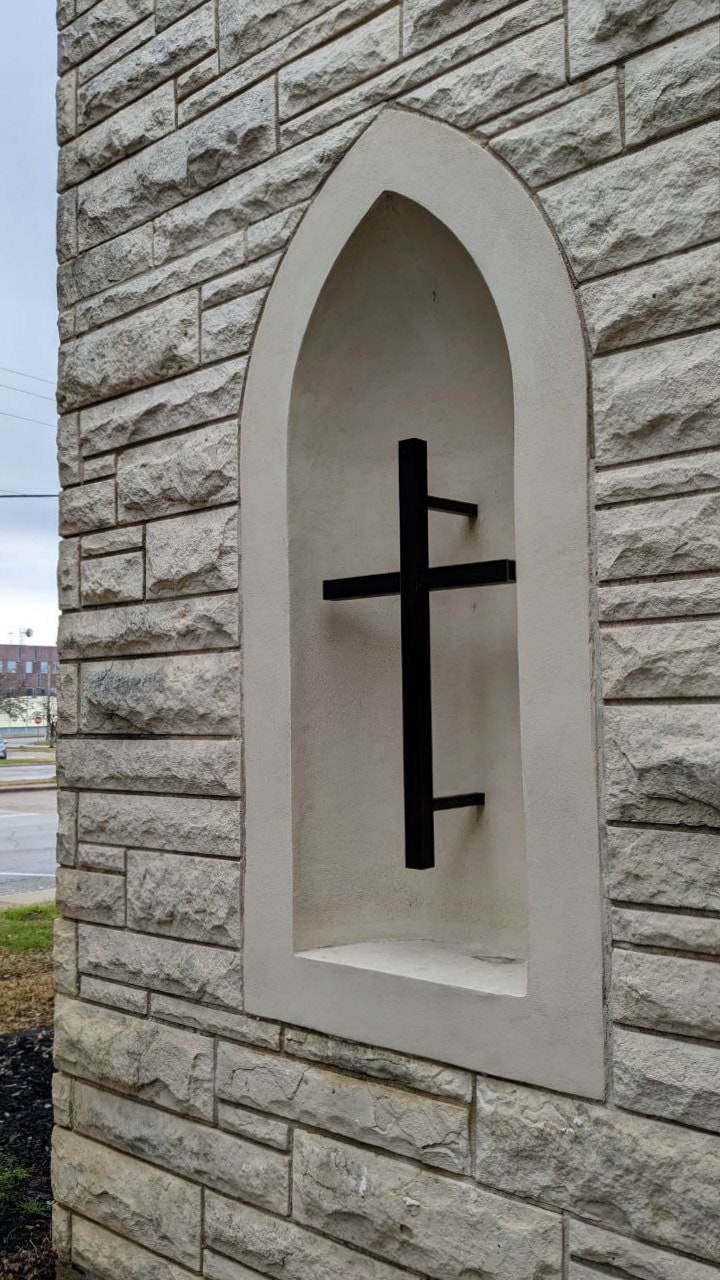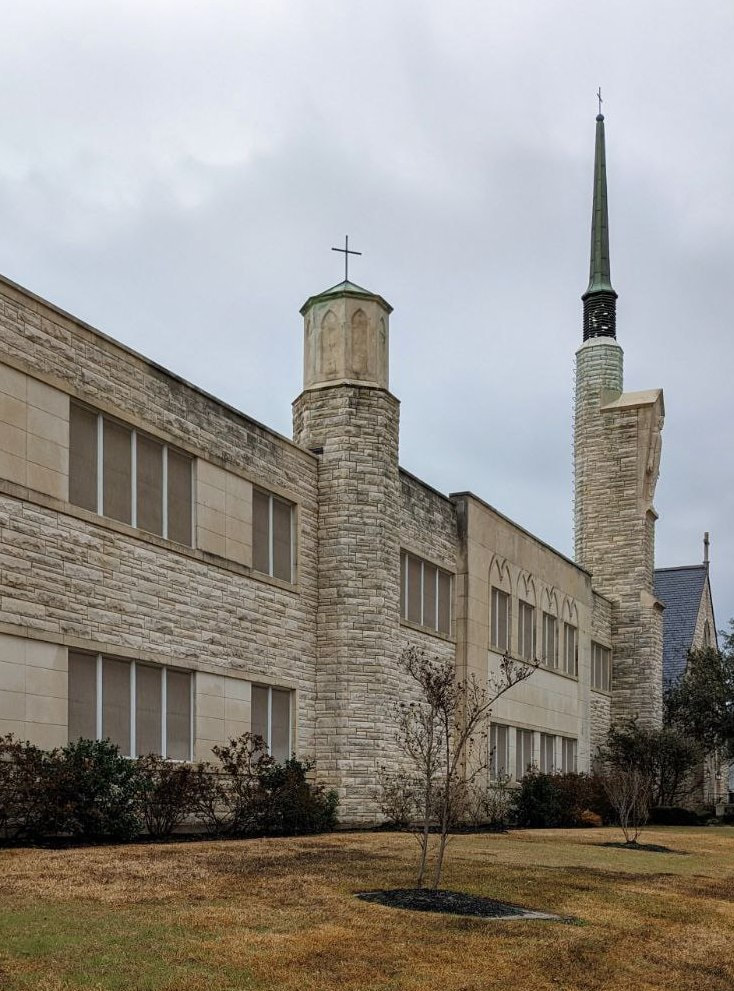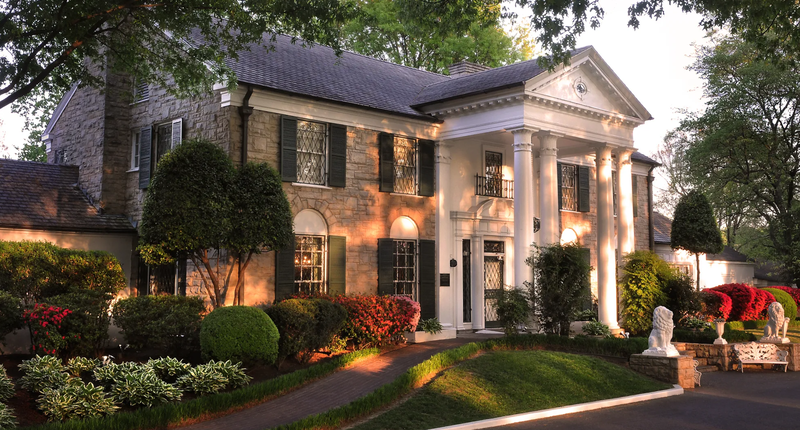It is truly exciting to live in a historical city, with over 150 years of history, in America. Every corner of this small and quaint city, is a reflection of its past and people, most notably its architects, craftsmen and businesses that once, attracted hundreds of people into this thriving town. Naturally, it is a great honor to serve as a member of the Historical Landmark Commission (seat number 4) where I have the opportunity to meet like-minded and passionate individuals, who love this city as much as I do, if not more. Walking through downtown, and passing by this magnificent library (above) is the best part of my day, every day! I wish I had more time to spend on this page, but I'm working many extra hours at my full-time job and sadly, can't show you all the images and little notes that I've gathered about this lovely city so far - there is so much to see and see much to explore :)
About HPC
Generally speaking, the City’s Historic Preservation Commission (HPC) in the U.S. 'identifies the criteria under which a property or collection of properties may be added to the Register of Cultural Resources. Properties may be designated a cultural resource or historic district by the City Council following the recommendation of the Historic Preservation Commission (HPC). HPC recommends the designation of cultural resources and historic districts if they possess significance and retain integrity.
To be significant, properties must exemplify or reflects special elements of the city’s aesthetic, architectural, cultural, economic, engineering, political, natural, or social history and possesses an integrity of design, location, materials, setting, workmanship feeling, and association in the following manner:
Generally speaking, the City’s Historic Preservation Commission (HPC) in the U.S. 'identifies the criteria under which a property or collection of properties may be added to the Register of Cultural Resources. Properties may be designated a cultural resource or historic district by the City Council following the recommendation of the Historic Preservation Commission (HPC). HPC recommends the designation of cultural resources and historic districts if they possess significance and retain integrity.
To be significant, properties must exemplify or reflects special elements of the city’s aesthetic, architectural, cultural, economic, engineering, political, natural, or social history and possesses an integrity of design, location, materials, setting, workmanship feeling, and association in the following manner:
- It embodies distinctive characteristics of a period, method, style, or type of construction, or is a valuable example of the use of indigenous materials or craftsmanship; or It contributes to the significance of a historic area by being: (1) a geographically definable area possessing a concentration of historic or scenic properties; or (2) a thematically related grouping of properties which contribute to each other and are unified aesthetically by plan or physical development; or
- It reflects significant geographical patterns, including those associated with different eras of growth and settlement, particular transportation modes, or distinctive examples of community or park planning; or
- It embodies elements of architectural design, craftsmanship, detail, or materials that represent a significant structural or architectural achievement or innovation; or
- It has a unique location or singular physical characteristic or is a view or vista representing an established and familiar visual feature of a neighborhood, community, or the city'.
Who is an Architectural Historian?
One of the most common questions my students ask is: what does an architectural historian do? And I love that question! As an undergraduate student in San Francisco – one of the most historically and culturally vibrant cities in America – I loved the buildings, but I had very little interest in history! I had a fixed idea of who the architect was and what the architect did, and in absence of any guidance, information, or interest from my professors, I simply didn’t know that there was an official/academic rout to express one’s love for historical buildings. Having come from an ancient land, I was aware of the importance of preservation, but I wasn’t sure how to approach the topic, academically. It wasn’t until I moved to England where I noticed a greater emphasis on the importance of preservation rather than the design and construction of new buildings. Naturally, living in a 2000-year-old city such as London, with all its many beautiful buildings, eased the decision-making phase as I decided to pursue the field of architectural history. An architectural historian is a person who loves the built-environment. This can include buildings, bridges, neighborhoods, or any other man-made structures. This person is also passionate about where these buildings came from, why-how-when and by whom they were built and what we can do to preserve them for future generations – especially since so many of our historical cities are affected by the changing climate. So, if you are a person who is interested to learn more about the history of the people and the buildings they built, history of architecture is for you. Architectural history as an academic degree became a fixed feature of many European universities back in the 80s. That’s right around the time that the Historic England and its American counterpart NRHP (National Register of Historic Places) began an extensive campaign to recognize, document and register historic buildings. Today there are numerous universities that offer graduate, postgraduate and even certificates in this filed. Here is an example.
One of the most common questions my students ask is: what does an architectural historian do? And I love that question! As an undergraduate student in San Francisco – one of the most historically and culturally vibrant cities in America – I loved the buildings, but I had very little interest in history! I had a fixed idea of who the architect was and what the architect did, and in absence of any guidance, information, or interest from my professors, I simply didn’t know that there was an official/academic rout to express one’s love for historical buildings. Having come from an ancient land, I was aware of the importance of preservation, but I wasn’t sure how to approach the topic, academically. It wasn’t until I moved to England where I noticed a greater emphasis on the importance of preservation rather than the design and construction of new buildings. Naturally, living in a 2000-year-old city such as London, with all its many beautiful buildings, eased the decision-making phase as I decided to pursue the field of architectural history. An architectural historian is a person who loves the built-environment. This can include buildings, bridges, neighborhoods, or any other man-made structures. This person is also passionate about where these buildings came from, why-how-when and by whom they were built and what we can do to preserve them for future generations – especially since so many of our historical cities are affected by the changing climate. So, if you are a person who is interested to learn more about the history of the people and the buildings they built, history of architecture is for you. Architectural history as an academic degree became a fixed feature of many European universities back in the 80s. That’s right around the time that the Historic England and its American counterpart NRHP (National Register of Historic Places) began an extensive campaign to recognize, document and register historic buildings. Today there are numerous universities that offer graduate, postgraduate and even certificates in this filed. Here is an example.
January 12, 2022: Bryan Historic Landmark Commission Regular Meeting #1
I have never been inside the city hall (300 South Texas Avenue) before, and as a first time visitor, I was nicely surprised by how authentic and somewhat pink the building-interior was :) As of now I haven't found any information on the building's architect or architecture. During the first meeting, and after a brief introduction of the commissioners, Mr. Randy Haynes, the most senior project planner at the City of Bryan, shared a lovely presentation, discussing the historical cemeteries in the city. I was delighted to find the members of the commission employed in a variety of professions including architects, builders and professors! Diversity is an invaluable feature of collaborative groups (especially within the City), where every citizen presents a different viewpoint of the built-environment, based on their own personal experiences. The meeting took place on the 3rd floor, with an interesting view of the city stretching far beyond the 29th street and Texas avenue. I have a feeling that this particular intersection will be unrecognizable in ten years' time if not earlier! I'm very much looking forward to our future meetings, which take place on the second Wednesday of each month.
I have never been inside the city hall (300 South Texas Avenue) before, and as a first time visitor, I was nicely surprised by how authentic and somewhat pink the building-interior was :) As of now I haven't found any information on the building's architect or architecture. During the first meeting, and after a brief introduction of the commissioners, Mr. Randy Haynes, the most senior project planner at the City of Bryan, shared a lovely presentation, discussing the historical cemeteries in the city. I was delighted to find the members of the commission employed in a variety of professions including architects, builders and professors! Diversity is an invaluable feature of collaborative groups (especially within the City), where every citizen presents a different viewpoint of the built-environment, based on their own personal experiences. The meeting took place on the 3rd floor, with an interesting view of the city stretching far beyond the 29th street and Texas avenue. I have a feeling that this particular intersection will be unrecognizable in ten years' time if not earlier! I'm very much looking forward to our future meetings, which take place on the second Wednesday of each month.
| January Meeting.pdf |
How to Become an Architectural Historian?
You probably know that one of the most popular college degrees is architecture. Just like many other professions, it’s best to get a college degree in architecture, constructions science or civil engineering, before making the ultimate career choice of becoming an architectural historian. All architecture-related fields are extremely exciting! Some are more hands on than others. Architectural history involves a lot of research, reading, and writing. If your passion is ‘design’, then you might not find the theoretical aspects of architectural history stimulating or creative. While observing, analyzing, and interpreting works of past-architecture require a certain degree of imagination and creativity - especially when retelling a building’s history through narratives - it’s not as original as your own creation and design, although I’d say the thought-process is very much the same. As an architect, you are usually presented with the client’s building-site (land), budget, and design expectations. You will then research the site’s features - such as climate, topology, and social history - also known as ‘surveying’ - familiarize yourself with the local building and zoning codes and make the initial design where you will choose the building materials, sustainable features, furnishing and finishes, and so on. This is a lengthy but deeply creative process. As an architectural historian, you are - usually - learning about a building that already exists! So you are not the designer or the builder, and therefore the process is not as creative. Since you have to know quite a lot about architecture to analyze the buildings, you will need an undergraduate degree that teaches you the fundamentals of architecture. Naturally and most commonly, the degree of ‘architectural history’ can be obtained at the graduate or postgraduate level. Once you have your lower and upper degrees, it’ll be ideal to work at an architecture firm or for a construction/building company to gain some real-life experiences. Studying architecture is very expensive, and you will find yourself working as a non-paid intern for several years before having a reliable source of income. Architecture is a field that requires genuine love and passion for both people and the built-environment. If you are searching for a career that will generate you a stable source of income as soon as you graduate - such as finance, accounting, nursing, IT, etc. - architecture might not be the right choice. It is important to do your research, maintain realistic expectations, and have a backup plan if you have decided to become an architect/architectural historian.
You probably know that one of the most popular college degrees is architecture. Just like many other professions, it’s best to get a college degree in architecture, constructions science or civil engineering, before making the ultimate career choice of becoming an architectural historian. All architecture-related fields are extremely exciting! Some are more hands on than others. Architectural history involves a lot of research, reading, and writing. If your passion is ‘design’, then you might not find the theoretical aspects of architectural history stimulating or creative. While observing, analyzing, and interpreting works of past-architecture require a certain degree of imagination and creativity - especially when retelling a building’s history through narratives - it’s not as original as your own creation and design, although I’d say the thought-process is very much the same. As an architect, you are usually presented with the client’s building-site (land), budget, and design expectations. You will then research the site’s features - such as climate, topology, and social history - also known as ‘surveying’ - familiarize yourself with the local building and zoning codes and make the initial design where you will choose the building materials, sustainable features, furnishing and finishes, and so on. This is a lengthy but deeply creative process. As an architectural historian, you are - usually - learning about a building that already exists! So you are not the designer or the builder, and therefore the process is not as creative. Since you have to know quite a lot about architecture to analyze the buildings, you will need an undergraduate degree that teaches you the fundamentals of architecture. Naturally and most commonly, the degree of ‘architectural history’ can be obtained at the graduate or postgraduate level. Once you have your lower and upper degrees, it’ll be ideal to work at an architecture firm or for a construction/building company to gain some real-life experiences. Studying architecture is very expensive, and you will find yourself working as a non-paid intern for several years before having a reliable source of income. Architecture is a field that requires genuine love and passion for both people and the built-environment. If you are searching for a career that will generate you a stable source of income as soon as you graduate - such as finance, accounting, nursing, IT, etc. - architecture might not be the right choice. It is important to do your research, maintain realistic expectations, and have a backup plan if you have decided to become an architect/architectural historian.
February 9, 2022: Bryan Historic Landmark Commission Regular Meeting #2
The second meeting of the year was rather brief but nonetheless educational. We explored the City's documents regarding the local conservation regulations, which require revision, and approved a new sign for one of a historical restaurants in downtown Bryan. I was also excised to receive my very own desk-plate :)
The second meeting of the year was rather brief but nonetheless educational. We explored the City's documents regarding the local conservation regulations, which require revision, and approved a new sign for one of a historical restaurants in downtown Bryan. I was also excised to receive my very own desk-plate :)
| February Meeting |
What does an Architectural Historian do?
I found this brief list of responsibilities and tasks, performed by an architectural historian and I though that I should share it with you. One thing that I’d like to point out is the fact that becoming an architect is no longer an introvert’s dream job! Becoming and working as an architect requires significant people skills. They include ‘personal effectiveness, interaction skills, and intercession skills’. Since you are dealing with clients (people), you will need to transfer your concepts and ideas clearly and pleasantly. So not only you are required to have technical skills and expertise, you will need to be a confident and an accomplished communicator. The following list is a great example of ‘tasks’ that are performed by an architectural historian but it doesn’t tell you that in order to perform each one of these tasks you will most often be required to work with other people who can include your team-members or clients. So, if you don’t like people, you might not enjoy the job as much as you expected. But liking people isn't that hard... just find 'something' that you like in the person you are working with and concentrate on that :)
• Performing research and assessing historical buildings
• Reviewing local and state registers
• Evaluating potential impacts on historical buildings and properties
• Preparing reports for cultural resource and environmental compliance
• Supervising data collection of historic buildings
• Managing and preserving historical artifacts
• Writing about the history of architecture
• Educating the public about the importance of historical preservation
• Evaluating the construction of various buildings or structures
• Using maps and tools to complete surveys
I found this brief list of responsibilities and tasks, performed by an architectural historian and I though that I should share it with you. One thing that I’d like to point out is the fact that becoming an architect is no longer an introvert’s dream job! Becoming and working as an architect requires significant people skills. They include ‘personal effectiveness, interaction skills, and intercession skills’. Since you are dealing with clients (people), you will need to transfer your concepts and ideas clearly and pleasantly. So not only you are required to have technical skills and expertise, you will need to be a confident and an accomplished communicator. The following list is a great example of ‘tasks’ that are performed by an architectural historian but it doesn’t tell you that in order to perform each one of these tasks you will most often be required to work with other people who can include your team-members or clients. So, if you don’t like people, you might not enjoy the job as much as you expected. But liking people isn't that hard... just find 'something' that you like in the person you are working with and concentrate on that :)
• Performing research and assessing historical buildings
• Reviewing local and state registers
• Evaluating potential impacts on historical buildings and properties
• Preparing reports for cultural resource and environmental compliance
• Supervising data collection of historic buildings
• Managing and preserving historical artifacts
• Writing about the history of architecture
• Educating the public about the importance of historical preservation
• Evaluating the construction of various buildings or structures
• Using maps and tools to complete surveys
March 9, 2022: Bryan Historic Landmark Commission Regular Meeting #3
I attended this months' meeting with Mr Colton Wiggins, a student of mine from last yeas and a very talented interior designer at Ambrose Furniture Works in downtown Bryan. It was lovely to hear that Colton - just like most of us - would love to see more artwork and murals on the many blank walls of the city. One of the more interesting agenda items in this meeting was issuing a 'Certificate of Appropriateness for Jesse Palomares - A request for the exterior canopy alterations at Mr G's Pizzeria' in downtown Bryan. A new canopy will replace the old one which was placed about four-decades old and a the trim-paint will also be refreshed - although we are not sure in what color at this point.
I attended this months' meeting with Mr Colton Wiggins, a student of mine from last yeas and a very talented interior designer at Ambrose Furniture Works in downtown Bryan. It was lovely to hear that Colton - just like most of us - would love to see more artwork and murals on the many blank walls of the city. One of the more interesting agenda items in this meeting was issuing a 'Certificate of Appropriateness for Jesse Palomares - A request for the exterior canopy alterations at Mr G's Pizzeria' in downtown Bryan. A new canopy will replace the old one which was placed about four-decades old and a the trim-paint will also be refreshed - although we are not sure in what color at this point.
| march_meeting.pdf |
What is the Secretary of Interior’s Standards for Professional Qualifications in Historic Architecture?
The U.S. Department of the Interior's job is to protect and manages the natural resources and cultural heritage. There is a good chance that the architectural historian job you are applying for, would ask you to have the ‘professional qualification standards’. The Section 112 of the National Historic Preservation Act and the Section 106 regulations requires your employer to make sure that you are qualified to work on historic sites, which are culturally speaking irreplaceable as the builders, designers and the investors are long gone and the construction methods might no longer be in use (among many other reasons). These qualifications vary slightly, depending on your profession. I’m listing them here but you can also view the original file (PDF) down below.
Architect:
Historical Architect:
A professional degree in architecture of State license to practice architecture + one of the following:
The U.S. Department of the Interior's job is to protect and manages the natural resources and cultural heritage. There is a good chance that the architectural historian job you are applying for, would ask you to have the ‘professional qualification standards’. The Section 112 of the National Historic Preservation Act and the Section 106 regulations requires your employer to make sure that you are qualified to work on historic sites, which are culturally speaking irreplaceable as the builders, designers and the investors are long gone and the construction methods might no longer be in use (among many other reasons). These qualifications vary slightly, depending on your profession. I’m listing them here but you can also view the original file (PDF) down below.
Architect:
- a professional degree in architecture + at least 2 years of full-time professional experience in architecture.
- or a state license to practice architecture.
Historical Architect:
A professional degree in architecture of State license to practice architecture + one of the following:
- At least 1 year of graduate study in architectural preservation, American architectural history, preservation planning, or closely related field.
- Or at least one year of full-time professional experience on historic preservation projects. Such graduate study or experience shall include detailed investigations of historic structures, preparation of historic structures research reports, and preparation of plans and specification for preservation projects.
| Fact-sheet |
P.S. I came across this interesting church last week. It is called the First Methodist Church of Bryan and has quite a story! You can read more about it here and sadly, I couldn’t go in to see those beautiful stained glass windows in person. Check out the steps going up to the spire... and the little note on the marble bench foot... it reads: 'George Jenkins - Contractor - His Last Contract'. The Jenkins brothers moved to Bryan in late 19th century and built several structures, including houses throughout the city.
What is the National Register Criteria for Evaluation?
If you - like me - live in a historic city, it probably has a historic district. This district features historical landmarks such as houses, stores, statues, parks, etc. that might be recorded in the National Register. The National Register is ‘an authoritative guide to be used by federal, state, and local governments, private groups and citizens to identify the nation's cultural resources and to indicate what properties should be considered for protection from destruction or impairment’. To recognize and register such sites as historic, certain qualities need to be present. For example, the site needs to be culturally, architecturally, or archaeologically significant; it also has to be at least 50 years old. So the town-hall that was built when your parents were born - although it doesn’t seem that ‘old’ - might be considered 'historic' if it possess certain criteria, which can include:
As an example, consider the Graceland mansion in Memphis. At first glance this is just another stately home owned by a wealthy person. But that person, was not an ordinary man; he was in fact the King of Rock AKA Elvis Presley, and had a profound influence on the history of music in America and around the world. Naturally, ‘the site was listed in the National Register of Historic Places on November 7, 1991, becoming the first site recognized for significance related to rock music. Graceland was declared a National Historic Landmark on March 27, 2006, also a first for such a site. Graceland attracts more than 650,000 visitors annually’. The next requirement for a place to qualify as a candidate for the National Register is known as 'integrity'. Integrity refers to the ‘physical features’ of the site. They include ‘location, setting, design, materials, workmanship, feeling, and association’.
If you - like me - live in a historic city, it probably has a historic district. This district features historical landmarks such as houses, stores, statues, parks, etc. that might be recorded in the National Register. The National Register is ‘an authoritative guide to be used by federal, state, and local governments, private groups and citizens to identify the nation's cultural resources and to indicate what properties should be considered for protection from destruction or impairment’. To recognize and register such sites as historic, certain qualities need to be present. For example, the site needs to be culturally, architecturally, or archaeologically significant; it also has to be at least 50 years old. So the town-hall that was built when your parents were born - although it doesn’t seem that ‘old’ - might be considered 'historic' if it possess certain criteria, which can include:
- Associated with events that have made a significant contribution to the broad patterns of our history; or
- Associated with the lives of persons significant in our past; or
- Embody the distinctive characteristics of a type, period, or method of construction or that represent the work of a master, or that possess high artistic values; or
- That represent a significant and distinguishable entity whose components may lack individual distinction; or
- Yield, or may be likely to yield, information important in prehistory or history.
As an example, consider the Graceland mansion in Memphis. At first glance this is just another stately home owned by a wealthy person. But that person, was not an ordinary man; he was in fact the King of Rock AKA Elvis Presley, and had a profound influence on the history of music in America and around the world. Naturally, ‘the site was listed in the National Register of Historic Places on November 7, 1991, becoming the first site recognized for significance related to rock music. Graceland was declared a National Historic Landmark on March 27, 2006, also a first for such a site. Graceland attracts more than 650,000 visitors annually’. The next requirement for a place to qualify as a candidate for the National Register is known as 'integrity'. Integrity refers to the ‘physical features’ of the site. They include ‘location, setting, design, materials, workmanship, feeling, and association’.
- Location is the place where the historic property was constructed or the place where the historic event occurred.
- Design is the combination of elements that create the form, plan, space, structure, and style of a property.
- Setting is the physical environment of a historic property.
- Materials are the physical elements that were combined or deposited during a particular period of time and in a particular pattern or configuration to form a historic property.
- Workmanship is the physical evidence of the crafts of a particular culture or people during any given period in history or prehistory.
- Feeling is a property's expression of the aesthetic or historic sense of a particular period of time.
- Association is the direct link between an important historic event or person and a historic property.
GIS & Architectural History/Preservation
As an architect or an educator, Geographic Information Systems (GIS) can be a valuable tool that can enhance various aspects of your work that can include the following:
- Spatial Analysis: GIS allows architectural historians to analyze and understand the spatial relationships between buildings, landmarks, and their surrounding environments. By integrating historical maps, cadastral data, and archival records into GIS software, researchers can explore patterns, changes, and connections over time. This analysis can aid in identifying historic districts, tracking urban development, and understanding the evolution of architectural styles.
- Documentation and Inventory: GIS can be used to create comprehensive inventories and databases of architectural heritage. Researchers can georeference and digitize historical maps, photographs, and documents, associating them with spatial coordinates. This geospatial database can provide a visual representation of historical resources, making it easier to track and manage architectural assets, including buildings, monuments, and cultural landmarks.
- Condition Assessment and Monitoring: GIS can assist in the assessment and monitoring of architectural structures. By overlaying building condition surveys, photographs, and sensor data onto GIS maps, researchers can track changes, identify deterioration patterns, and prioritize preservation efforts. GIS also allows for the identification of vulnerable areas, such as flood zones or seismic activity, to develop targeted preservation strategies.
- Virtual Reconstructions and Visualizations: GIS can facilitate the virtual reconstruction and visualization of historical architecture. By combining archival data, historical photographs, and 3D modeling software within a GIS framework, researchers can create immersive and interactive visualizations of past architectural spaces. This aids in conveying the historical context and significance of buildings, particularly those that have been lost or heavily modified.
- Cultural Heritage Management: GIS supports the management and planning of cultural heritage sites. It enables the mapping of visitor flows, the assessment of visitor impacts, and the planning of visitor facilities and access routes. By integrating GIS with other management systems, such as conservation plans and maintenance schedules, heritage site managers can make informed decisions for preservation and sustainable development.



